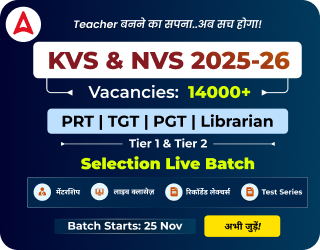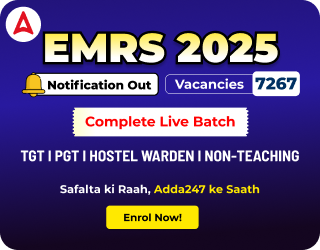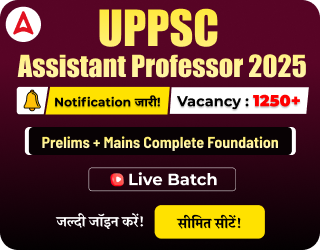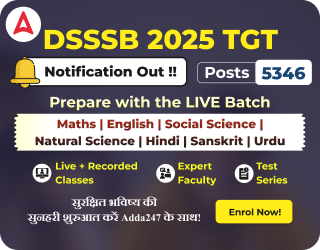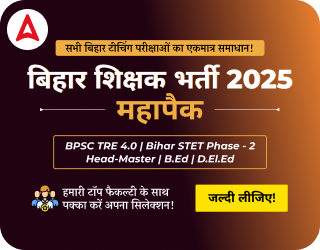Table of Contents
Aspirants aiming for teaching careers in government schools often consider two prominent options: Railway Recruitment Board (RRB) and Kendriya Vidyalaya Sangathan (KVS). While RRB appoints teachers for railway schools, KVS recruits educators for centrally governed Kendriya Vidyalayas—each offering unique roles, benefits, and long-term career prospects. Choosing between the two can be challenging, as differences in salary structure, work culture, job security, and promotion opportunities play a crucial role. To assist candidates in making a well-informed decision, we’ve provided a detailed comparison of key features between RRB and KVS teaching jobs.
KVS Recruitment 2025 Out for 9156 – Check All Details
Difference Between Being an RRB and KVS Teacher
While both RRB and KVS teaching jobs come under central government employment, they differ significantly in various aspects. RRB teachers serve in railway schools, mainly catering to the children of railway employees, whereas KVS teachers are posted in Kendriya Vidyalayas across India, educating the children of central government personnel. Key differences in salary structure, job location, career growth, transfer policies, and work environment make each role distinct. Understanding these differences is essential for aspirants to choose the teaching career path that best suits their professional aspirations and personal priorities.
| Aspect | RRB Teacher | KVS Teacher |
| Posts | Primary Teacher (PRT), Trained Graduate Teacher (TGT), Post Graduate Teacher (PGT), Assistant Teacher, Librarian and Other Teaching and Non-Teaching positions. | Primary Teacher (PRT), Trained Graduate Teacher (TGT), Post Graduate Teacher (PGT), Principal, Vice-Principal |
| Age Limit | 18-48 years | 18-40 years |
| Salary | Follows the 7th pay commission and lies from Pay level 6 to 8 | Follows the 7th pay commission and lies from Pay level 6 to 12 |
| Eligibility | Requires a graduation degree along with a B.Ed qualification. Specific subject requirements and regional norms apply, with selection typically via CBT and document verification. | Requires a graduation degree along with a B.Ed qualification. Specific subject requirements and regional norms apply, with selection typically via CBT and document verification. |
| Vacancies | Recently released 1000+ vacancies | Released more that 10000+ vacancies very 2-3 years |
| Frequency of Recruitment | Releases irregularly | Released Regularly with a significant year of gap |
| Perks and Benefits | Standard railway benefits such as travel concessions and basic medical support. Allowances may be limited due to often contractual terms. | Comprehensive benefits package including HRA, TA, regular increments, and additional perks along with robust medical and retirement benefits. |
| Growth Opportunities | Career advancement can be slower with fewer structured promotion pathways due to the contractual nature of some posts. | A clearly defined career progression with periodic promotions, specialized training, and ample opportunities for professional development. |
| Number of Schools | Generally, railway schools are fewer in number and mainly located in railway colony areas, limiting geographical variety. | Over 1,200 schools spread across the country, offering a wider selection of work environments and Locations. |
| Exposure | Exposure tends to be more localized within railway communities, which may limit interaction with diverse student populations. | Offers diverse exposure to working with students from various backgrounds, fostering a dynamic and enriching teaching experience. |
Which Is A Better Job Between An RRB Teacher and A KVS Teacher?
Deciding between an RRB and KVS teaching position ultimately depends on an individual’s career goals and long-term aspirations. KVS offers a structured career path, opportunities for nationwide transfers, and job stability within a well-organized education system—ideal for those seeking professional growth and diverse teaching experiences. In contrast, RRB teaching roles focus on educating the children of railway employees, often offering a more close-knit work environment with limited transfers. By carefully evaluating aspects like work-life balance, salary benefits, job location, and career progression, aspirants can make an informed choice that aligns with their personal and professional goals.

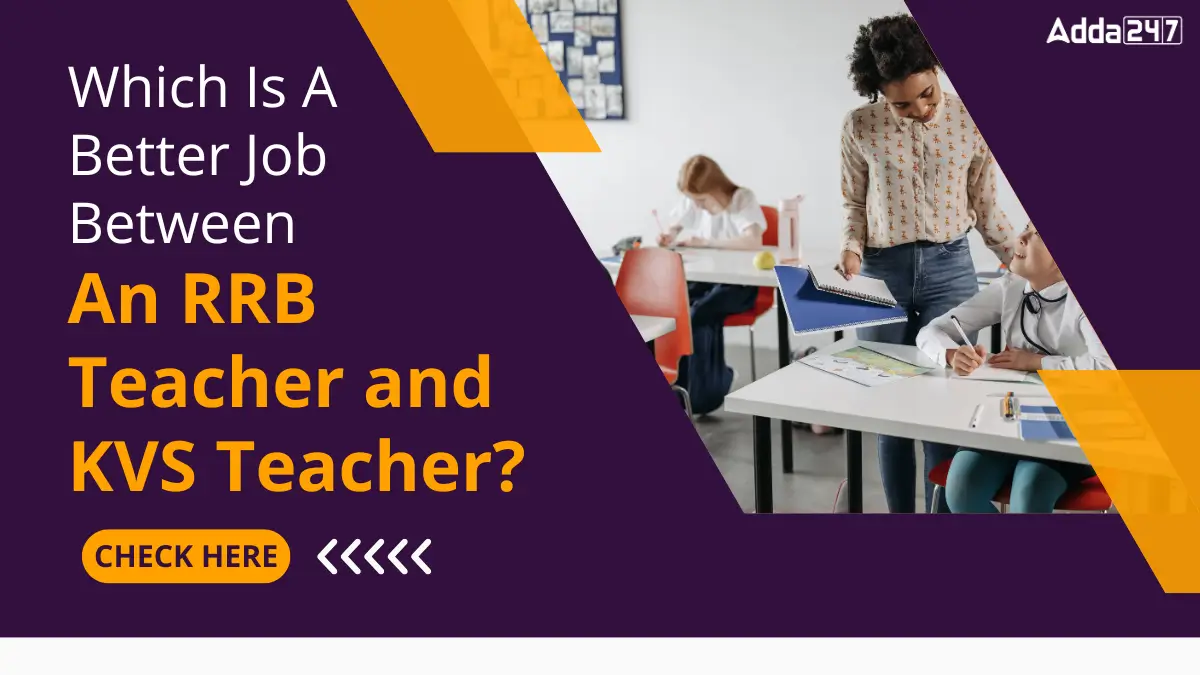

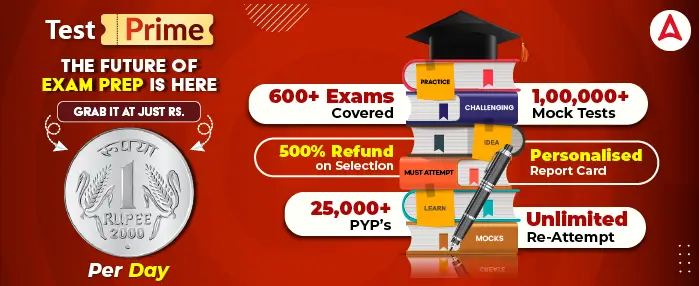
 MPESB Exam Calendar 2026 Out, Check Exam...
MPESB Exam Calendar 2026 Out, Check Exam...
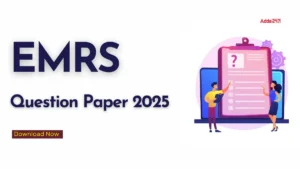 EMRS Question Paper 2025 Released, Downl...
EMRS Question Paper 2025 Released, Downl...
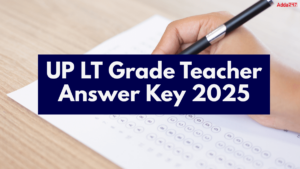 UP LT Grade Teacher Answer Key 2025 Out,...
UP LT Grade Teacher Answer Key 2025 Out,...
